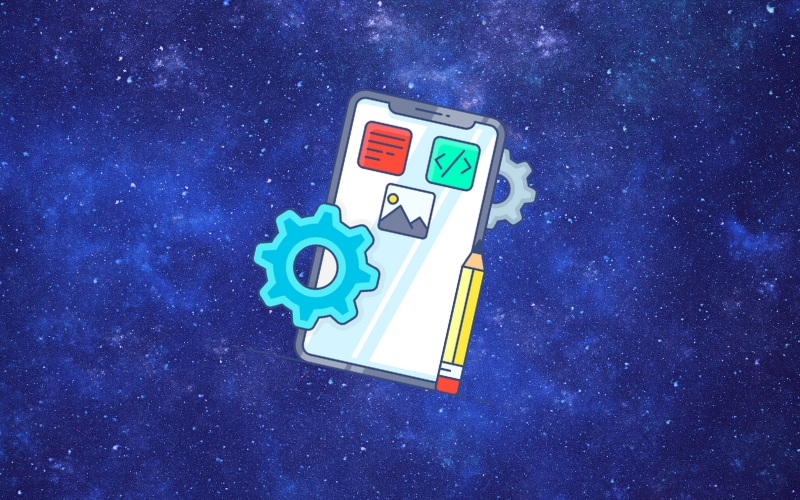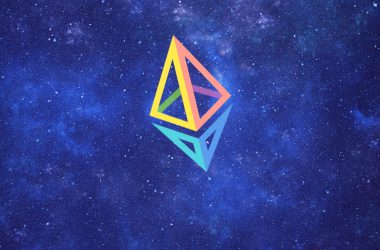Over the years, Web3 projects grew on top of most blockchains, starting with Ethereum. The size of the blockchain industry grew to an estimated $7.4B, combining trading, DeFi, games, NFT and more.
The appearance of Web3 is finally answering the question of “what is the blockchain good for”, by creating an immutable standard of ownership, as well as identities. The Web3 space is also making the usage of wallets more popular.
Here are the top 10 obstacles to Web3 development and some potential solutions.
Blockchain Integration
All projects need to bring together an app with blockchain calls. In the years past, blockchain integration required efforts on the part of the development team, as well as end users having to set up wallets.
Blockchain integration is the first challenge, which has been solved by multiple platforms. Some, like WAX, offer account creation that doubles as a wallet. Others offer ready-made code to build blockchain access into an app. Projects like Ignitions take an expert-led approach, curating needs for app teams with no in-house blockchain expertise.
Scalability and Performance
Blockchain projects almost immediately met with a limitation – not all networks could carry enough transactions. Ethereum managed to carry high-profile projects, but quickly reached its transaction limit and caused high fees. However, Web3 projects wanted wider adoption and could not afford to lose users because of the need to pay hundreds of dollars in fees. Scalability projects started to appear, with focus on Polygon and ImmutableX as capable of carrying Ethereum projects without the gas wars. Avalanche, BSC and others also carried apps, offering better prices and scalable transaction counts.
User Experience
The end user of crypto, NFT, Web3 and games often faced oversized responsibility for their holdings. Projects that offered a more seamless user experience started to appear, with new wallet technology. User experiences improve with email wallets, account abstraction, or Multi-Party Wallets, which have similarities to Web2 identities.
Security and Exploits
Another risk for both projects and users are thefts and exploits, which undermine the earnings, NFT value. The problem has been solved through account abstraction, or by holding some of the NFT and assets within the game. This removes the need to link a wallet for every gameplay, and use too many NFT transfers. There are still no common standards for Web3 safety, and projects are auditing their smart contracts on a case by case basis.
Regulations and Local Laws
In Web3 space, it has been easier to avoid claims of issuing tokens that also serve as a form of securities. Most of the gaming tokens have utility, and not all are traded on the open market. Despite this, not all games are available in all regions. Games may solve some of the issues by offering access to DEX trading, or their in-game native marketplaces, so players can extract value. Some game projects also require KYC, a standard procedure when carrying value that can be monetized.
Interoperability and Standards
Play-to-earn games and NFT projects spread fast, choosing the most available blockchains. This left the Web3 space with multiple sub-regions, based on blockchain communities. Asset compatibility became an issue, especially for projects using USDT and other crypto tokens. Bridging was one of the first solutions, though prone to hacks and exploits. More new projects try to lauch with multiple chains, offering access to DEX trading or marketplaces. But the problem of niche chains with no ecosystem overlap remains, making some of the communities isolated.
Community and Engagement
Web3 games, NFT projects and apps face the challenge of building a player base or fans, and keeping the community together. Some of the Web3 games manage to keep significant engagement through fun-first approach and regular quests or tasks. Other approaches include regular tournaments, or open lobbies for competition. Communities relying on price action alone, or on overhyped NFT, are often not stable and lose supporters.
Economic Models and Sustainability
The first generation of P2E games suffered from a gold rush mentality, which produced too many tokens, in the end crashing the price. Projects faced the challenge of introducing more sustainable tokenized models. Games added limited prize pools, ticketed tournaments and various burn mechanisms to support the value of their assets, and to make prizes meaningful.
Accessibility and Onboarding
The first P2E games also often required players to acquire ETH or other tokens, go on exchanges and make significant purchases. Newer projects aimed for free access, with a game-first approach and a free-to-earn model. User-friendly onboarding is now key for new Web3 games.
Evolving Technology
Tools for building tokenized apps and games are constantly evolving. Simple wallet access and basic trading are now not enough. Players seek real-time transactions and a smooth, integrated experience. Teams also access new building opportunities, with fast RPC, blockchain data services and API. Changes to the Web3 ecosystem mean new competition is always entering the space with potentially faster and better products.
Both older platforms and new startups are trying to address the top 10 challenging issues. Projects like Ignitions offer expert-led, curated experiences, while others leave open-source resources and community training for all projects. AI-powered tools are also trending, offering Web3 queries, data gathering, oracle services and more.










